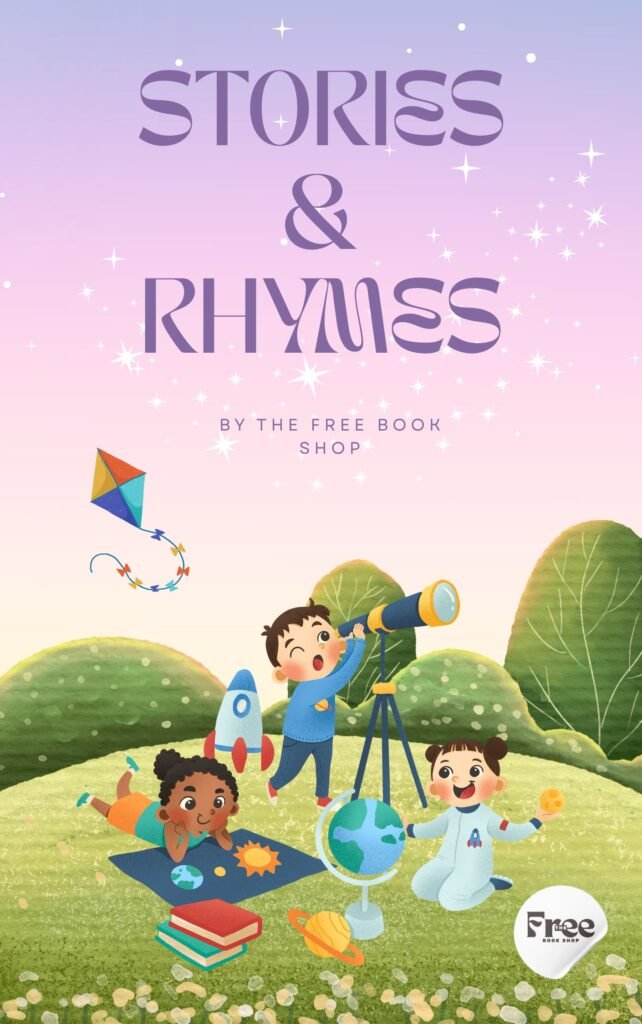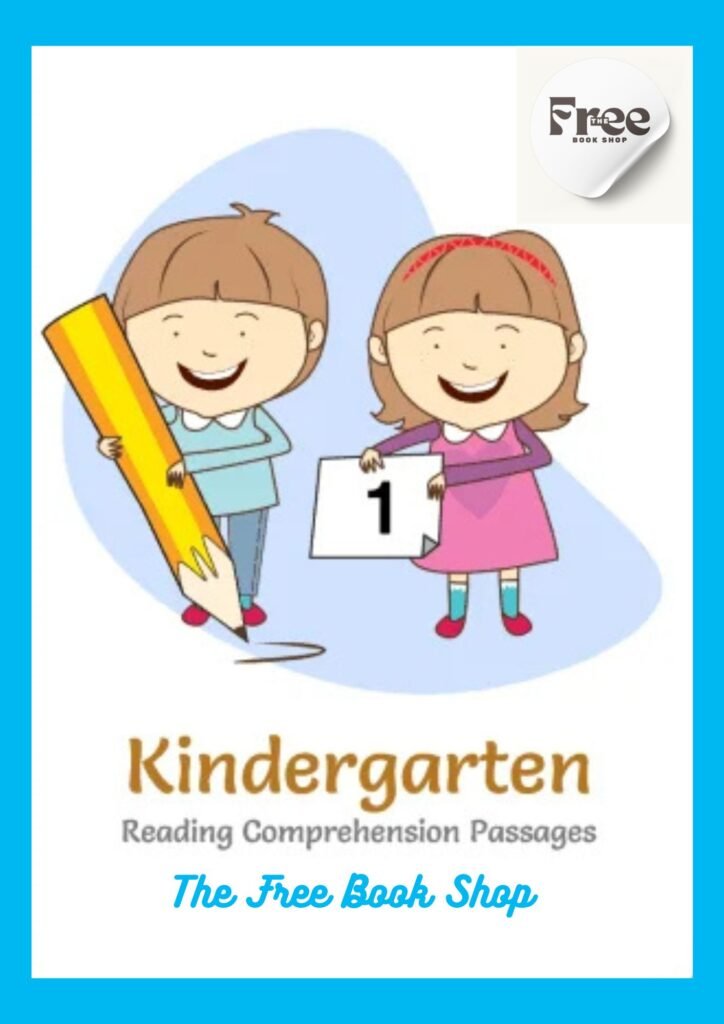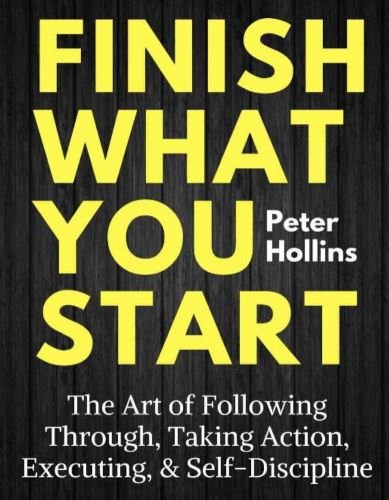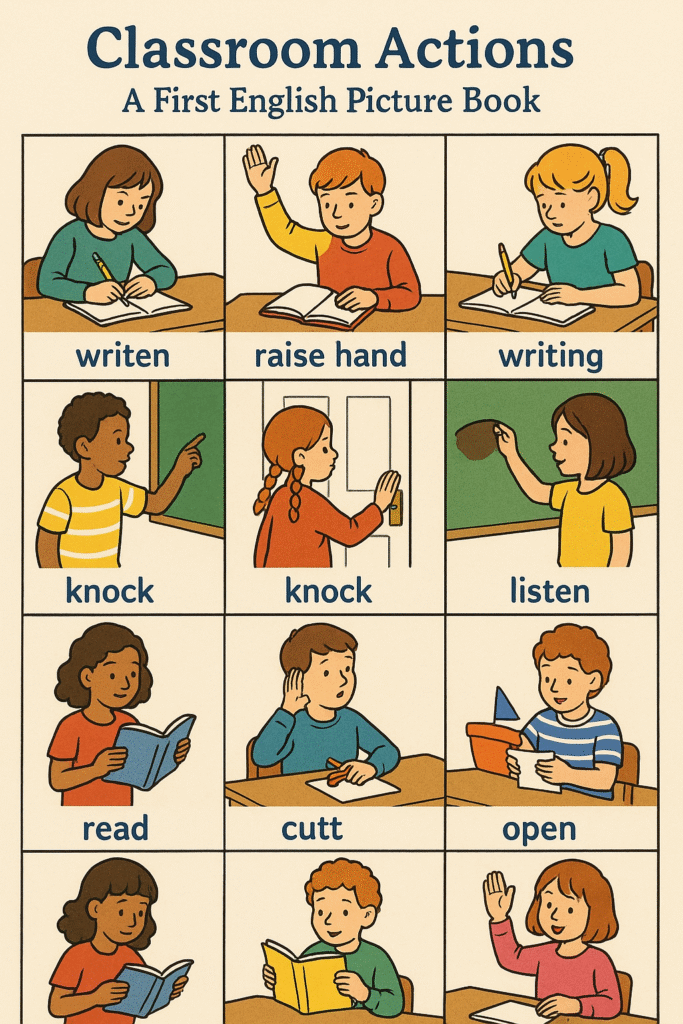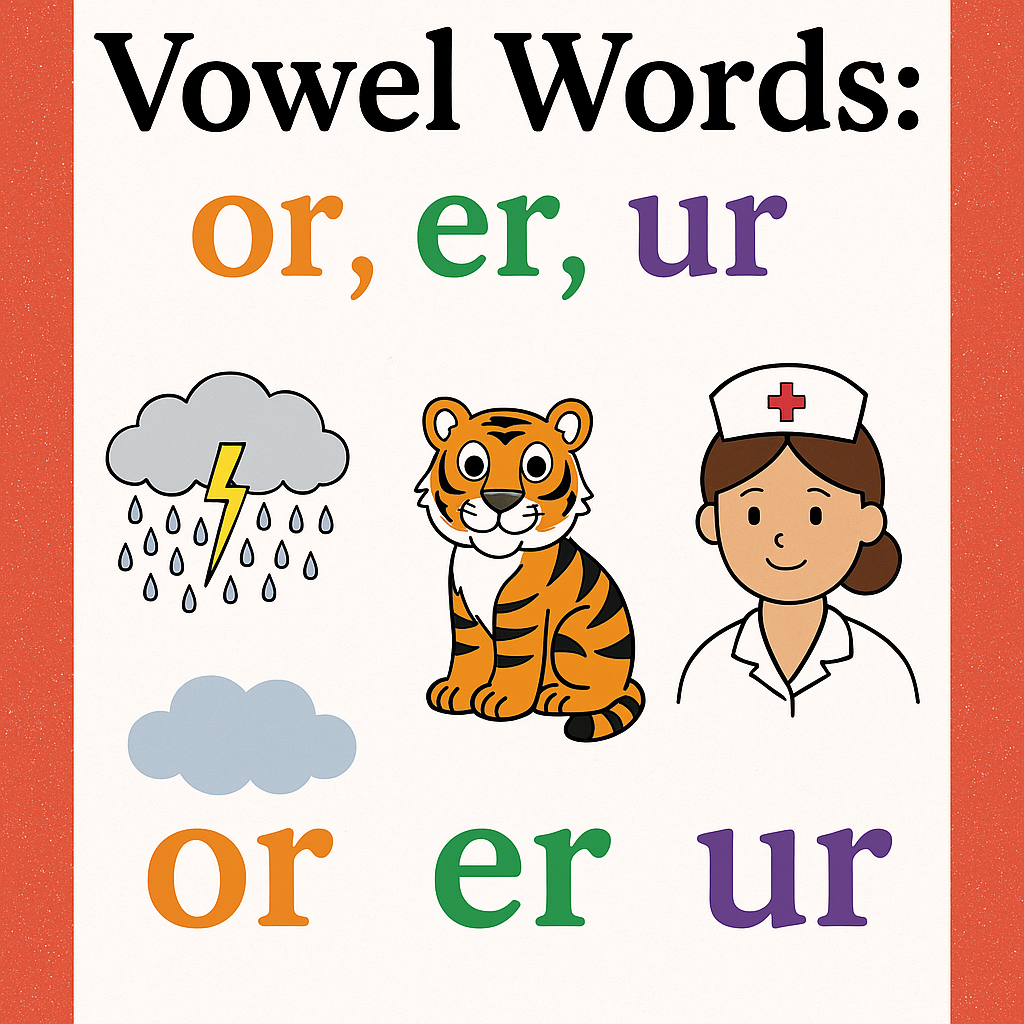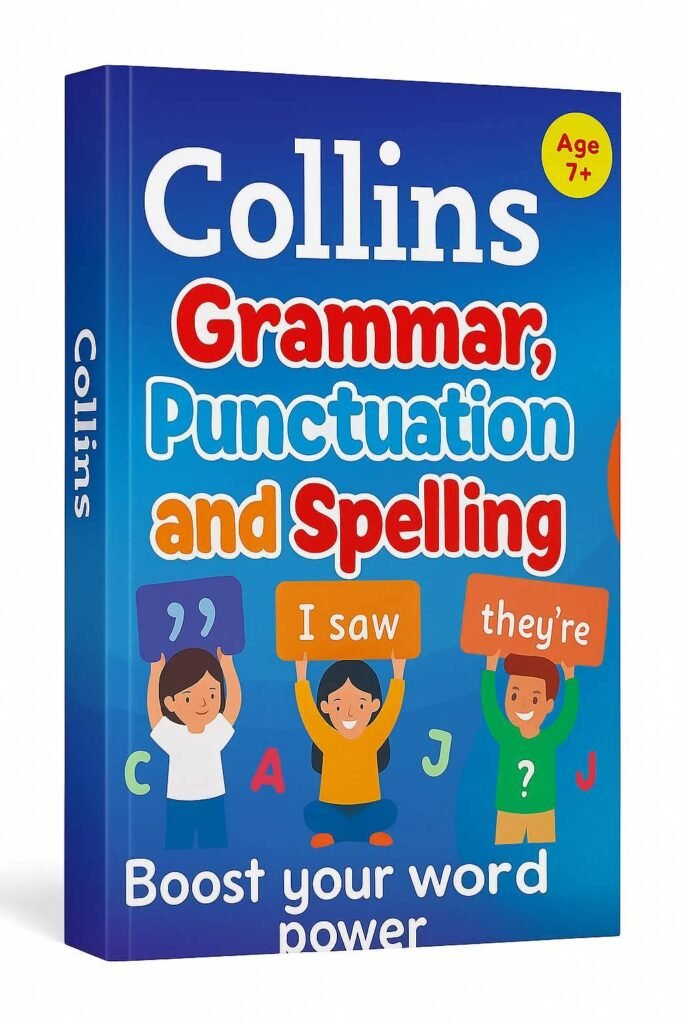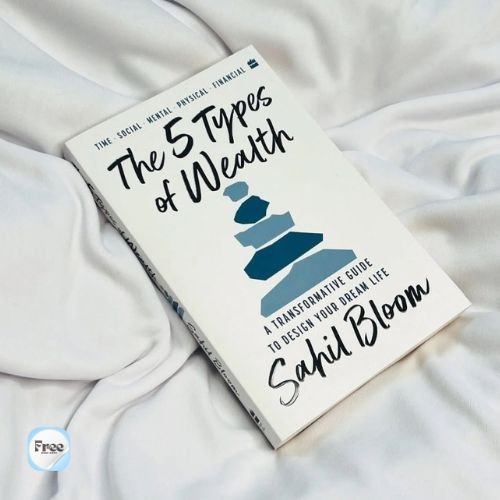Table of Contents
📖 Page 1: Overview & Publication
-
Title: How English Became English: A Short History of a Global Language
-
Author: Simon Horobin, Professor of English Language and Literature at the University of Oxford WorldCat+6Barnes & Noble+6Studocu+6
-
Publisher: Oxford University Press (UK and US), 2016
-
Length: Approximately 175–188 pages in various editions catalog.princeton.eduqueenslibrary.org
-
Audience: Clear, engaging for general readers and students, with humor and academic insight Barnes & Nobleabbeys.com.auThe Independent
Page 2: Table of Contents
Major chapters include:
-
What is English?
-
Origins (Old to Late Modern English)
-
Authority (dictionaries, usage guides, prescriptive vs descriptive)
-
Standards (Standard English, grammar, usage debates)
-
Varieties (dialects, Scots, electronic discourse, neologisms)
-
Global Englishes (regional forms: America, South Asia, Singlish, pidgins, creoles)
-
Why Do We Care? (language, nationalism, education, marketability)
Plus supplementary material: further reading, resources, index catalog.princeton.edu+1languagetextsummaries.wordpress.com+1The Independent+15WorldCat+15catalog.princeton.edu+15
Page 3: Chapter 1 – What is English?
Explores the idea of “English” in multiple forms—Old English, Early Modern English, Scots, Tok Pisin, Modern English—to raise questions about whether they should all be considered one language The Independent+3WorldCat+3Studocu+3.
Page 4: Chapter 2 – Origins
Chronicles the linguistic evolution from Anglo-Saxon origins (c. 650 AD) through Middle, Early Modern, and Late Modern English. It traces influences including Norse, Norman French, Latin, and the effects of events like the Great Vowel Shift between 1400–1700 WorldCaten.wikipedia.orgStudocu.
Page 5: Chapter 3 – Authorities
Considers who defines “good English”—from printing pioneers like Caxton and early dictionaries, to modern academies and usage guides. The chapter explores debates on etymology, logic, prescriptive versus descriptive norms WorldCaten.wikipedia.orgStudocu.
Page 6: Chapter 4 – Standards
Examines the concept of Standard English: what it is and isn’t, how it developed, how grammar norms became institutionalized, and the social politics of “correctness” and “proper” English WorldCatStudocu.
Page 7: Chapter 5 – Varieties
Investigates regional dialects (e.g. Scots), accents and vocabulary differences, the stigma around non‑standard forms, the rise of electronic discourse, neologisms, and evolving punctuation norms WorldCatStudocu.
Page 8: Chapter 6 – Global Englishes
Surveys English in different world regions: the forms of American, Canadian, Australian, New Zealand English; South Asian English; mixed varieties like Singlish; and usages in pidgins and creoles. It considers models and future trajectories of global diversity catalog.princeton.edu.
Page 9: Chapter 7 – Why Do We Care?
Explores why English holds sociocultural weight—issues like language and nationalism, educational use of grammar, its role in literacy and identity, and “good grammar” as a commodity or status symbol WorldCat.
Page 10: Style & Reception
-
Writing style: Conversational, witty, and accessible; includes amusing illustrations (even Calvin & Hobbes) to clarify linguistic points Barnes & Nobleabbeys.com.auThe Independent.
-
Critical reception: Praised by Kirkus (“happy mixture of scholarship, clear writing, and humor”), Library Journal (starred), The Baltimore Sun, The Independent and others for balancing scholarly insight with readability Barnes & Noble+1abbeys.com.au+1.
-
Context: Offers a fresh, concise overview compared to more expansive works by David Crystal, Robert McCrum, Henry Hitchings, though its broad coverage is valued as a starting point The Independent.
✅ In summary:
-
The book is a concise (ca. 175–188 pages) yet broad history of English—from its earliest roots through to its global presence.
-
Written with clarity and humor, it addresses questions of authority, variety, identity, and why we still debate “correct” English.
-
Suitable for curious general readers and students alike, it also provides launchpads to deeper resources.
Would you like:
-
A chapter-by-chapter text excerpt,
-
A comparison to another history of English,
-
Or suggested further reading lists based on Horobin’s references?







